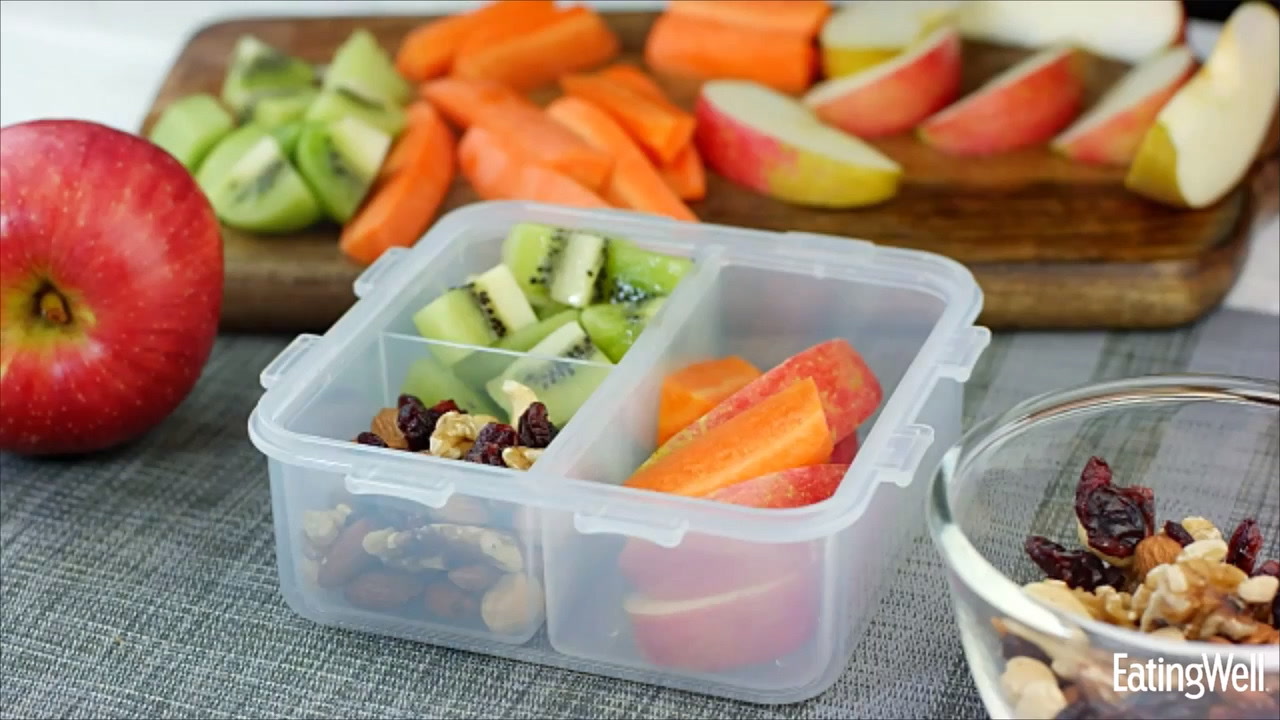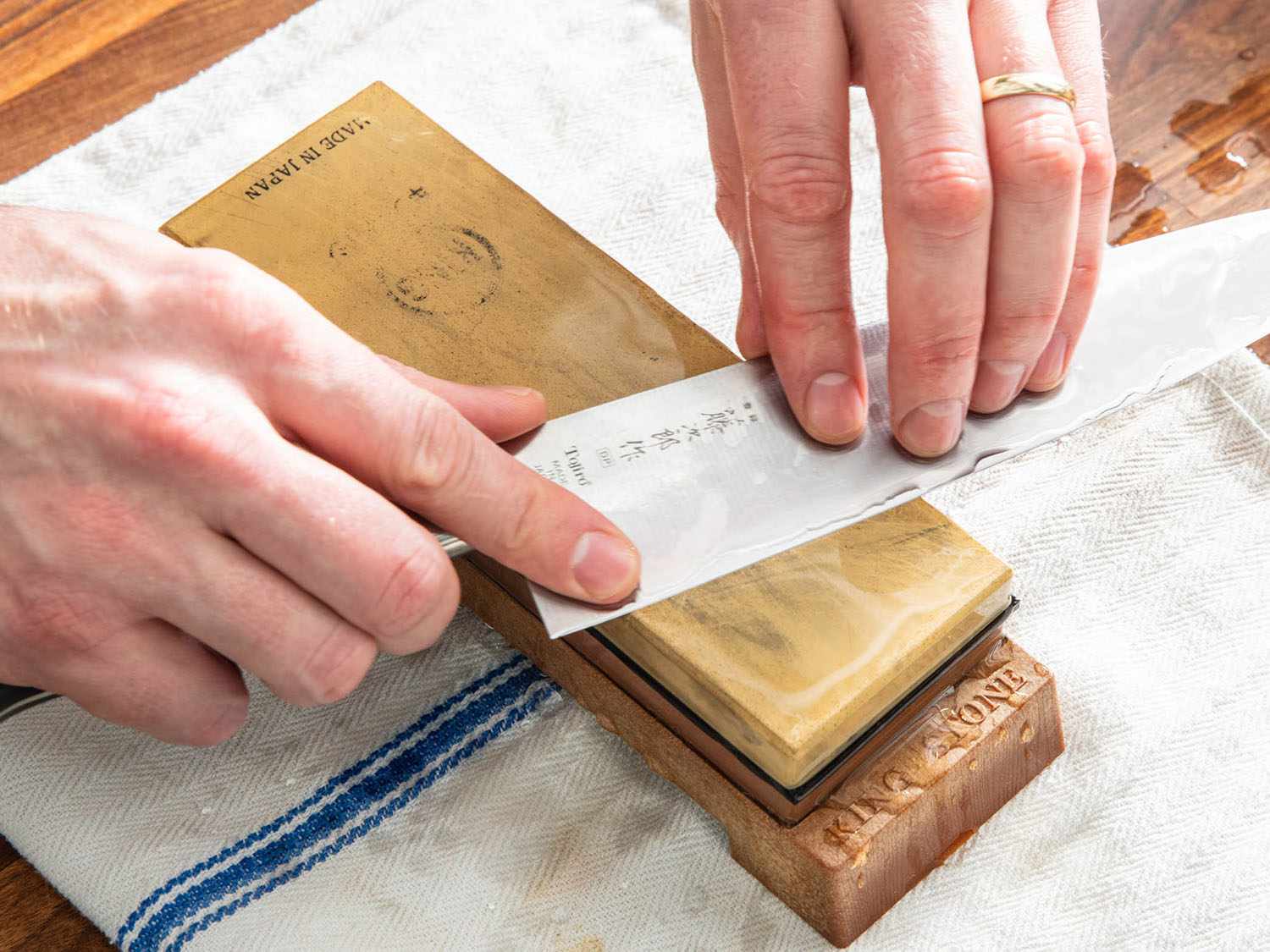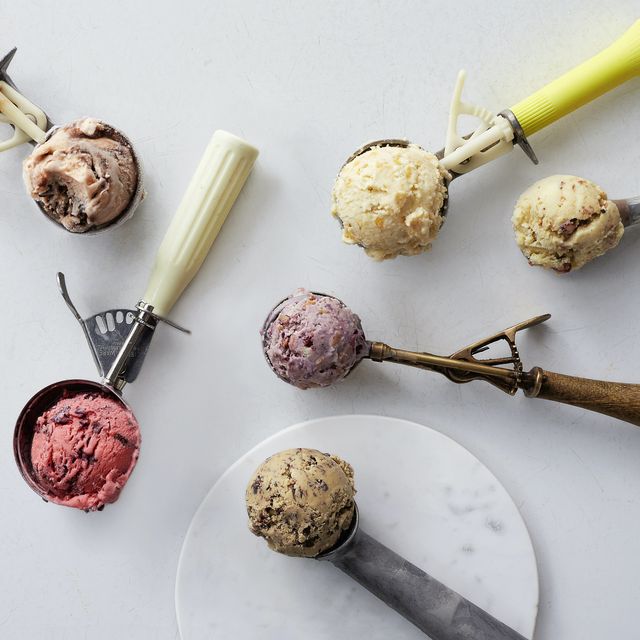When you are first diagnosed with coeliac disease, you’ll have been used to a life living with the discomfort of being ‘glutened’. There is no reason why you can’t live a happy and healthy life, with a delicious and balanced diet after this point. With a smart approach to the food you eat, and the gluten free meal plans you can implement into your routine, you can master the gluten free diet for a healthier, and happier you! This is a guide on how to master your life to incorporate gluten free food into your diet without missing out on food you love.
What is gluten?
Before you can master a gluten free diet you must first understand it. Gluten is a protein that is commonly found in bread, pasta, and other baked goods. In baking, it provides the sticky consistency required in flour. If you have coeliac disease, you’ll experience discomfort and recurrent pain in your stomach, cramping or bloating, amongst other symptoms such as tiredness, headaches, poor skin conditions, and more.
Food that contains gluten, and could be causing your gastrointestinal discomfort includes:
- Wheat-based products such as spelt, durum, kamut, semolina, and wheat flour
- Barley
- Rye
- Malt
- All wheat-based breads
- All wheat-based pastas
- Most cereals
- Most baked goods, such as cookies, cakes, muffins, and pastries
- Crackers
- Biscuits
- Flavoured crisps
- Pretzels
- Pizza
- Couscous
- Beer
- Soy sauce
- Some salad dressings
Be vigilant with how you shop for food once you have been diagnosed with coeliac disease. Always check labels on products in supermarkets, or wherever you shop for food, and take extra care looking for items with gluten when in restaurants and cafés, asking for advice from servers before you eat.
What is a gluten free diet?
If you need to cut out gluten from your diet due to coeliac disease, there are plenty of foods that naturally don’t contain gluten. Below are some examples of foods that don’t contain gluten naturally and that should be included as part of your new gluten free diet:
- Eggs
- Meat
- Fish
- Cheese
- Milk
- Yoghurt
- Fruits
- Vegetables
- Nuts
- Pulses
- Cornstarch
- Almond flour
- Coconut flour
- Vegetable oils
- Butter
- Margarine
- Herbs and spices
Planning ahead
It’s important to plan ahead, and putting together a meal plan for the week is a good starting point for a happier life when you have a gluten free diet. Knowing what you’re going to eat in advance helps to take any potential unpleasant surprises away, helps you to stick to a shopping budget, and gives you a clear plan for when you next do your food shop.
Once you have been diagnosed with coeliac disease by your GP or other medical professional, you may be entitled to access gluten free food on prescription. There are different types of gluten free foods available, depending on which area of the UK you live in. Having access to a range of gluten free products on prescription gives you the chance to sample different food that you might otherwise not realise can be gluten free and start to incorporate things into your gluten free diet from early on in your new journey. Never be afraid to ask for help and guidance from your GP.




